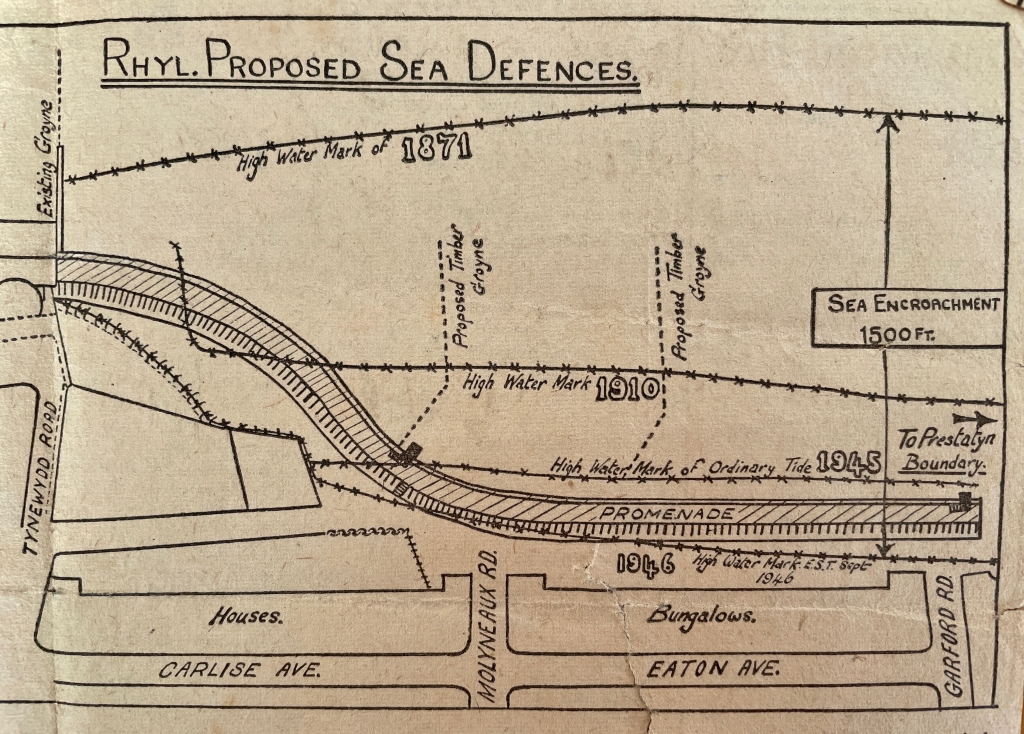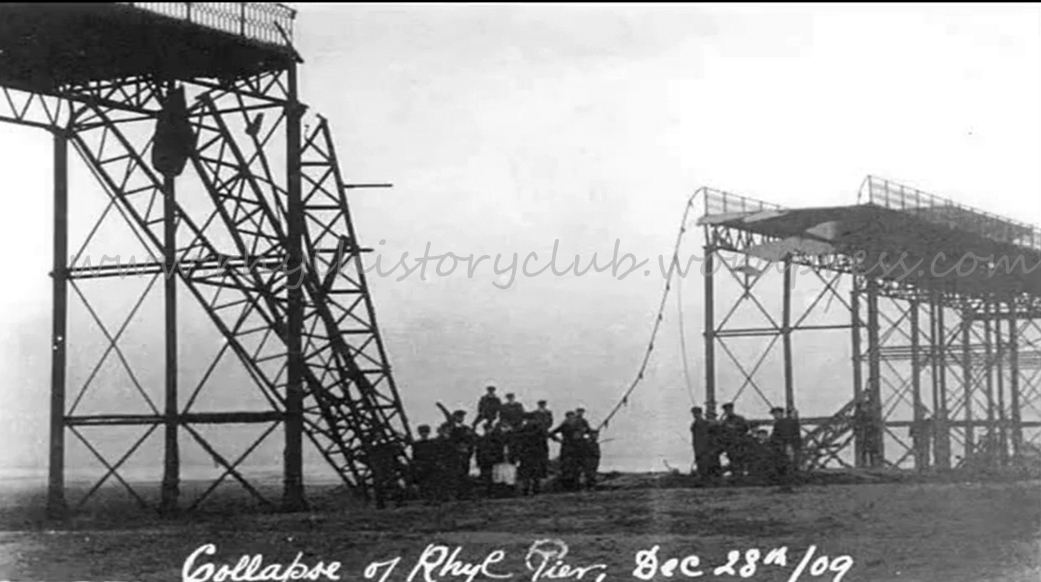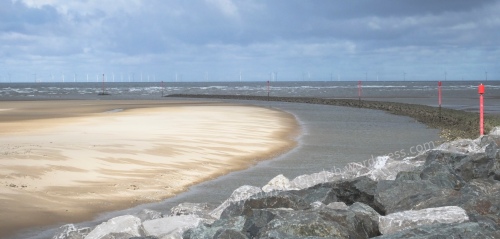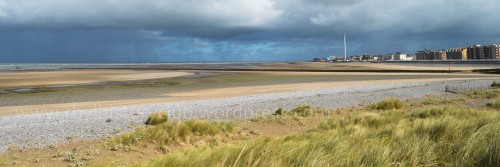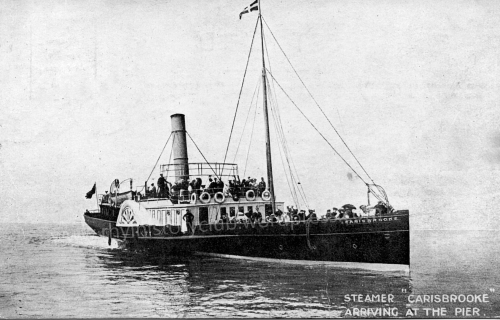Does anyone know when “Lifeboat Saturdays” came to an end in Rhyl? Perhaps they’re still going? The tradition in Rhyl started in 1896. The Rhyl Journal in August of that year reported that although Lifeboat Saturday had been established for a few years, this was the first year that Rhyl had taken part. The report went on to say that whilst nothing elaborate was attempted, the result was a great success. £36 was raised for the RNLI, the equivalent of approximately £2,800 in today’s money.
The first Lifeboat Saturday was held in Manchester in 1891.
This is from the RNLI website:
“In 1891, a local wealthy industrialist Sir Charles Macara answered the RNLI’s call for help, following a lifeboat disaster. Five years earlier, 27 men from Southport and St Anne’s died while trying to rescue sailors from the stricken vessel Mexico.
The RNLI asked for funds and Sir Charles responded in style.
He was so concerned for the widows and children of the volunteers lost that he decided to organise a collection for them. Instead of asking wealthy philanthropists for money, he appealed to the man on the street.
Charles and his wife Marion got a committee together and organised the first Lifeboat Saturday in aid of the appeal. It was the world’s first charity street collection ever recorded, and the formula proved popular for decades to come.”
Macara made his own donation and also “brought charity to the streets, and the streets to charity” – the world’s first recorded charity street collection.
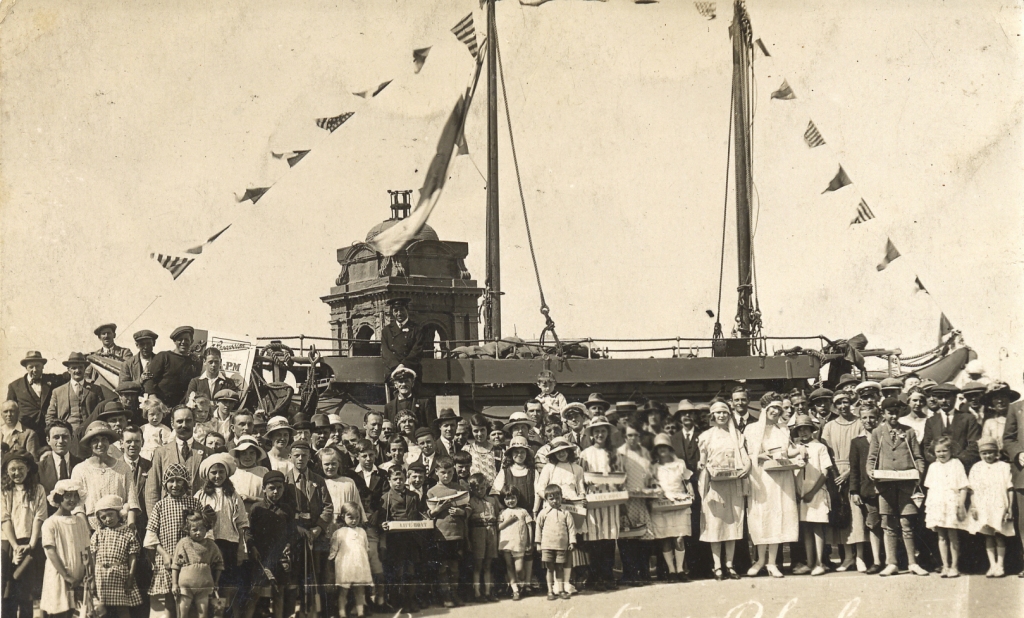
We know nothing about the above photograph, other than it looks very much like a Lifeboat Saturday in Rhyl, in the 1920’s/30’s perhaps?
The following are extracts from the “Rhyl Journal” of Saturday, August 15th,1896. Whilst the report begins with “nothing of a very elaborate character was attempted” it certainly sounds like a grand affair!
“Saturday was a beautifully fine day, and at about 10 o’clock the self-righting boat, “The Jane Martin,” was launched with some ceremony from the boathouse at the Foryd, and from there taken to the pier head, where the crew gave an exhibition of life saving and swimming. Prof. Frank Sinclair also entertained the large company which had assembled by his high diving performance and trick and ornamental swimming. The Rhyl Yacht Club had also arranged that the races which had been postponed from July 25th, should be sailed that day, and so the spectators who had assembled to witness the lifeboat practice had also the privilege of seeing some capital yacht racing.”
“During the time that the racing had been going on the ladies and the collectors were busily engaged gathering money from the large number of persons who frequented the Pier, Promenade, and streets. One could not turn a corner without being appealed to for help for the lifeboat. Mrs De Kance, assisted by Mrs D J Davies and Mrs Roger Price, had a stall by the entrance to the Pier for the sale of fruit, etc, while Mrs Clark and Miss Wilders presided over a fruit and flower stall by the fountain at the top of High-street, and were assisted by several other young ladies. At 2.30 the lifeboat procession started from the top of High Street, directed by Mr Aidney. It was headed by the Bugle Band of the 2nd Battalion Royal Welsh Fusiliers (by kind permission of Capt Keatinge) and the brass band of the 2nd Shropshire Volunteers. The lifeboat followed, and then came a couple of smart boats, lent by Mr Hudson, with crews of ladies, representative of Oxford and Cambridge. The other attraction was the tableaux by the artistes from the Palace Theatre under the personal direction of Mr Edward Neville.”
“The West Parade, River Street, Wellington Road, Water, Queen, Bodfor, Kinmel, and High Streets were all visited in turn, and the spectators were given every opportunity of contributing to the funds. It was not the fault of the collectors if anyone escaped from putting their mite into the boxes or bags.”
Update:
Many thanks to Peter Dean who has been able to tell us when Lifeboat Saturdays in Rhyl came to an end: “There was a discussion in 2008 that ‘Lifeboat Days’ were not being supported as well as in previous years! We continued with them until 2013 when it was decided to merge these events with Open Days at the Boathouse! RIP ‘Lifeboat Days’!”
This year marks the 200th Anniversary of the RNLI.

